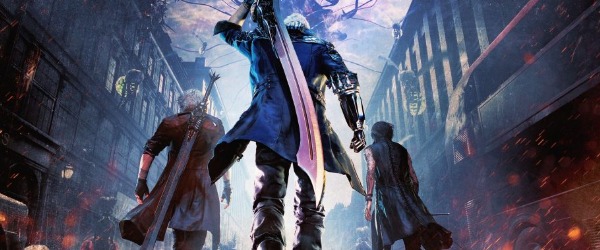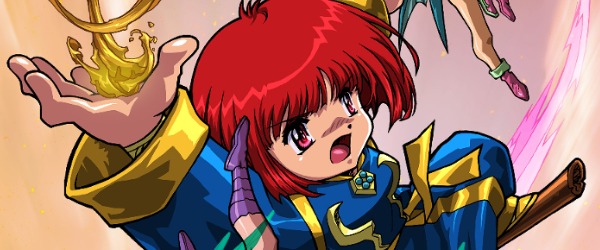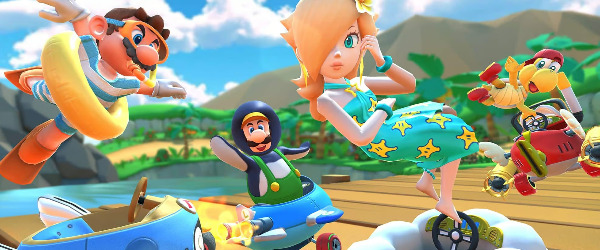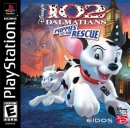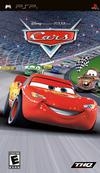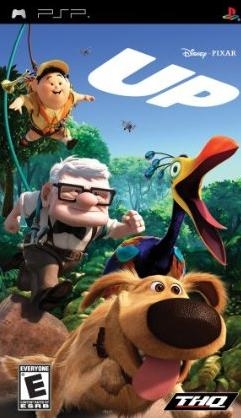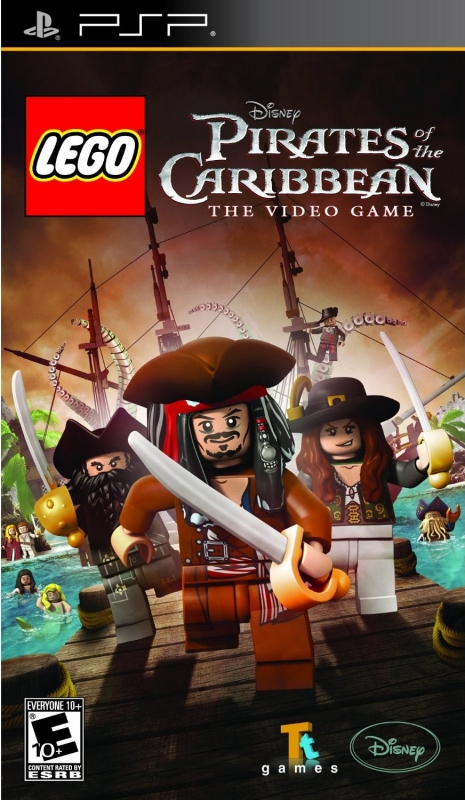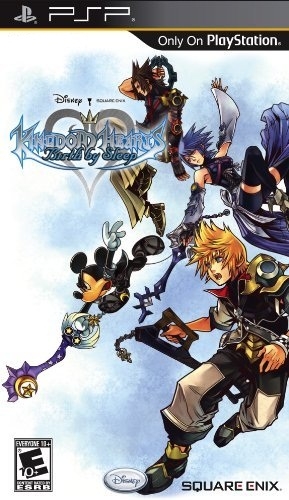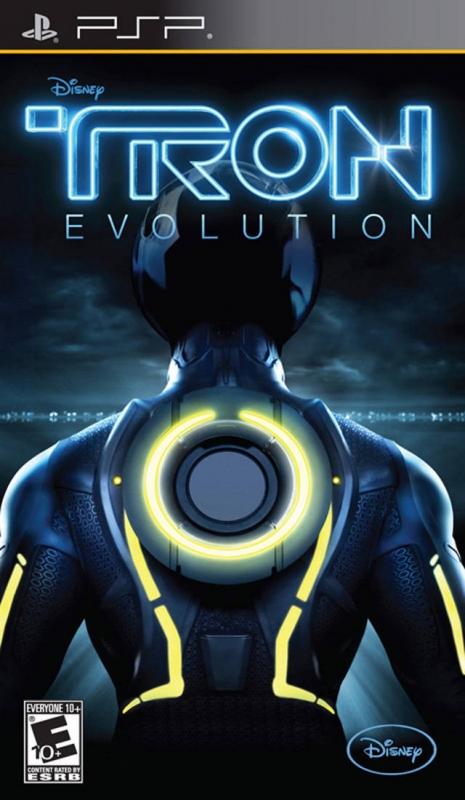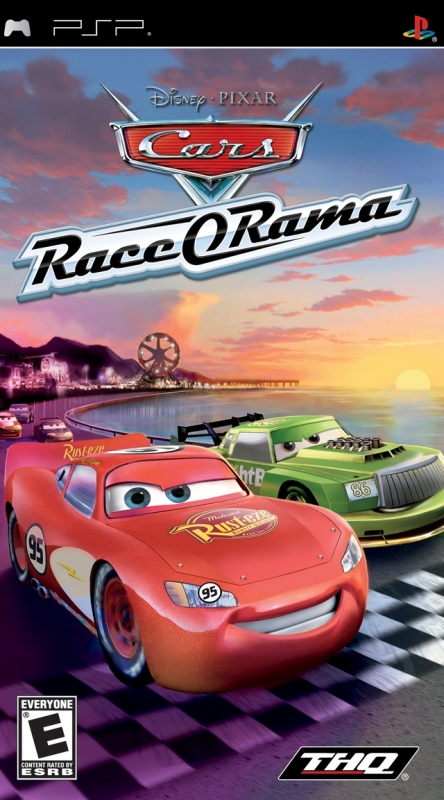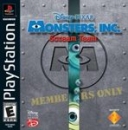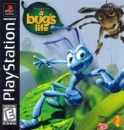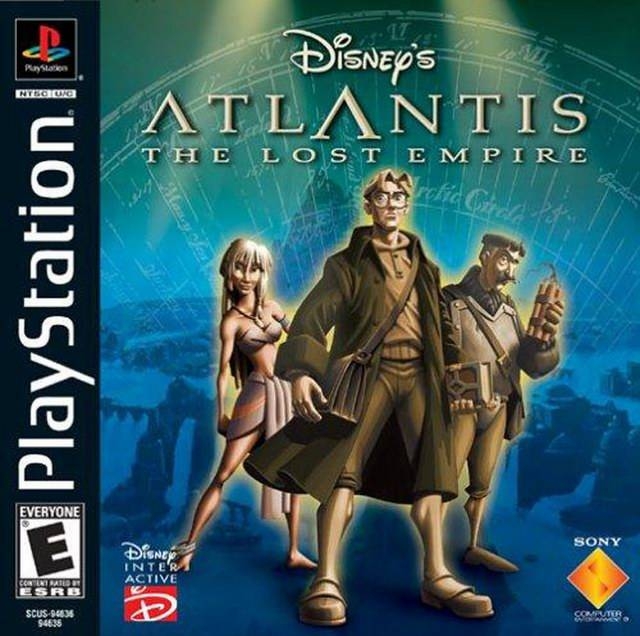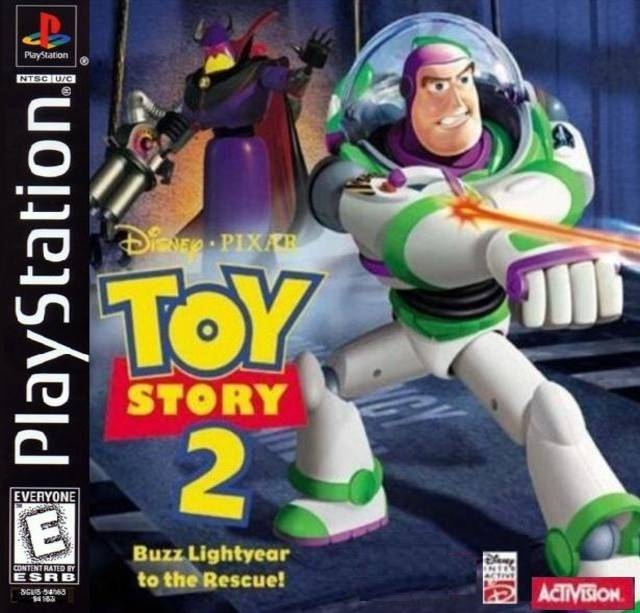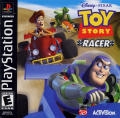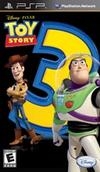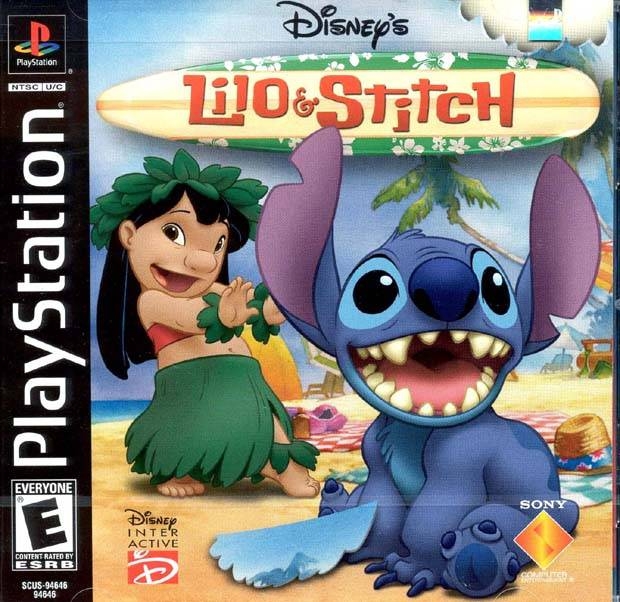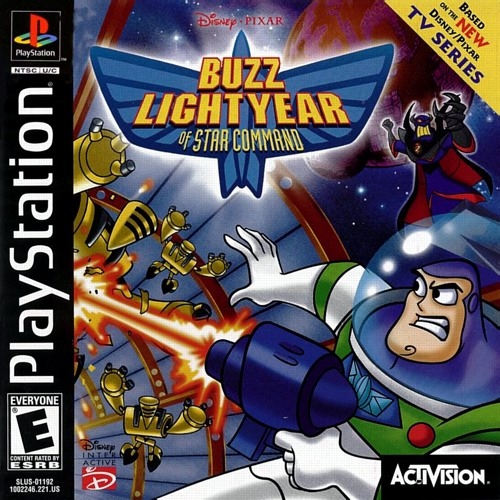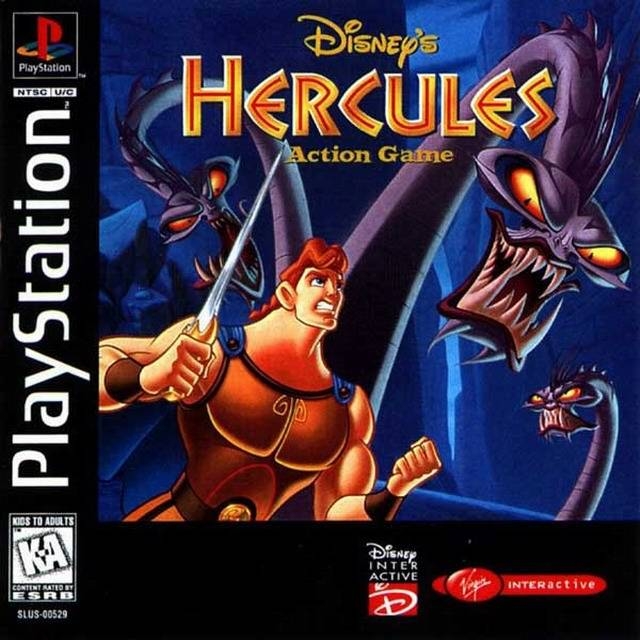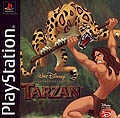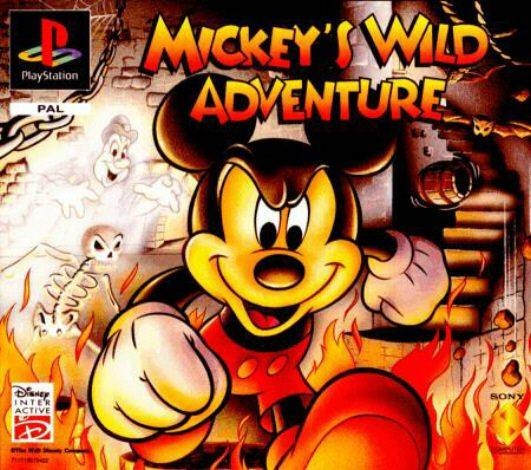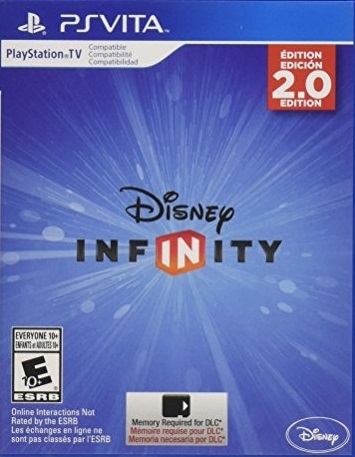
A Look Back at Disney Games on PlayStation Handhelds - Article
by Adam Cartwright , posted on 23 February 2019 / 5,107 ViewsThere are few brands out there that have anything like the appeal and recognition of Disney. Thanks to decades of beautiful and critically acclaimed animated films, the company is a household name that has expanded beyond just movies to include a variety of other ventures, including videogames. Disney has also grown its lineup considerably in recent years by acquiring Marvel, Pixar, and Star Wars (although for the purposes of this article, I’ll only be covering Disney/Pixar output).
Thanks to their broad audience, Disney games usually show up on every viable platform out there, meaning that despite the brand’s affinity with Nintendo’s younger-skewing audience, both the PSP and Vita received a number of titles throughout their lives. Some of this was through Disney's own developer/publisher (Disney Interactive Studios), but the firm also licensed out its IPs for other companies to try their hand at – with somewhat mixed results.
The very first time I wrote about a series of games on the Vita, it was for the LEGO franchise – a collection of licensed tie-ins often using platformer gameplay and quirky references to appeal to both younger and older audiences. So it felt right to return to a comparable series here, because even if the titles aren’t all necessarily related in story or setting, many utilise the same sense of Disney wonderment that make the company's animated films such a success.
Portable Classics
Probably the best place to start this article is to go back to the beginning of Disney games on PlayStation hardware, with the release of the very first PlayStation, when a number of different publishers were trying their hands at making tie-ins to classic Disney films. Many of the titles which landed on that console came to the PSP (and by extension Vita) with the launch of the PS1 classics program in 2006, which allowed them to be downloaded and taken on the go.
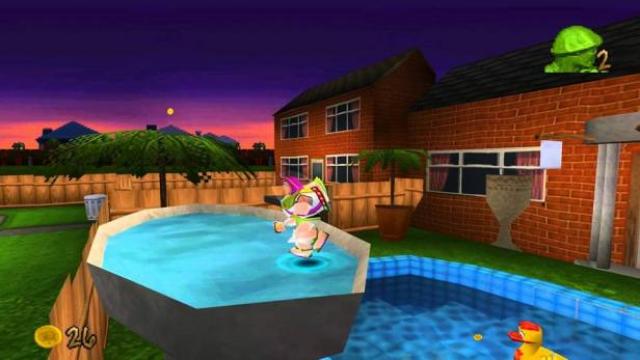
Among the titles offered through the program were things like 102 Dalmations, A Bug’s Life, Atlantis, Toy Story 2, and Lilo & Stitch – early outings into the 3D platformer genre (which had flourished on the PS1), which usually had you running around finding dozens of collectible items and jumping on the heads of bad guys. Of them, Toy Story 2: Buzz Lightyear to the Rescue! was seen as one of the better entries in the genre (sadly the TV show tie-in Buzz Lightyear of Star Command didn’t receive the same acclaim), while the others were a bit more forgettable, although they could generally be fun if you were a fan of the source material.
Just as common were 2D platformers designed around older sensibilities, such as the beautifully animated Hercules: Action Game or Tarzan, both based on the moderately popular films, as well as Mickey’s Wild Adventure, which was an original platformer starring the firm’s mascot. There was also a further game based on Pixar’s biggest IP in Toy Story Racer, which aped Mario Kart‘s design for a fairly enjoyable time. All of the aforementioned titles are available on Vita through backwards-compatibility.
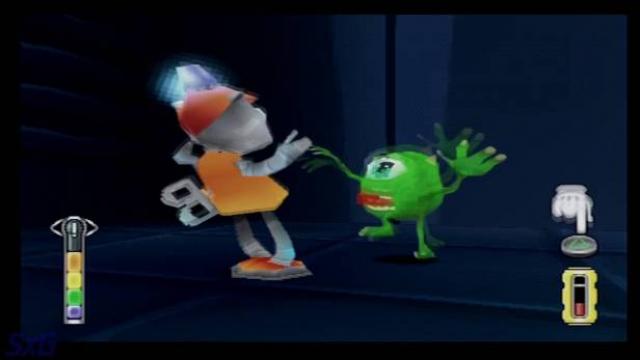
My personal favourite of the bunch is Monsters Inc: Scare Island, a game which has you running around as Mike and Sulley practicing their intimidation skills in a training course designed for monsters. It was a first foray into the Disney licensed arena for Sony – something the company would revisit many years later for its handhelds.
The THQ Era
Throughout much of the seventh generation (which is when Sony introduced its handheld PSP console), one publisher seemed to have a monopoly on family-friendly software, including Disney/Pixar games. That was THQ, whose titles remain on the PlayStation Store despite the company itself going bankrupt in 2012.
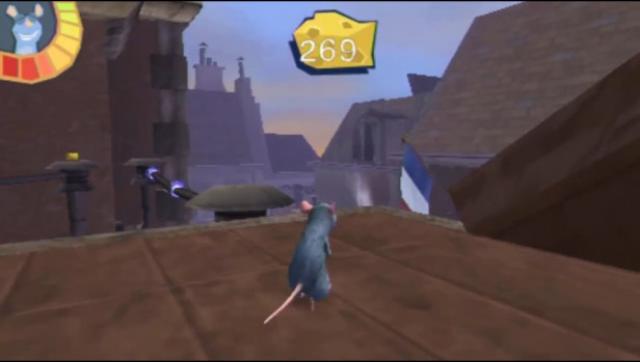
THQ's debut effort on Sony portables was a tie-in game for Pixar’s Cars. In contrast to the 3D platformers Disney games were known for up until that point, this was a racing title that had you playing as Lightning McQueen and friends. It was actually fairly solid, capturing the feel of the film while still being enjoyable to play. It proved to be a successful formula that THQ would attempt to emulate years later with Cars Race-O-Rama, but sadly this wasn’t quite as well received.
Following this, THQ went in a more familiar direction. Ratatouille was a very traditional 3D platformer that had you playing as Remy, following the events of the film, in a game that was far from essential but was nonetheless a decent amount of fun. Then there was Wall-E, which was based on a PS2 version of a multi-platform release spanning generations.
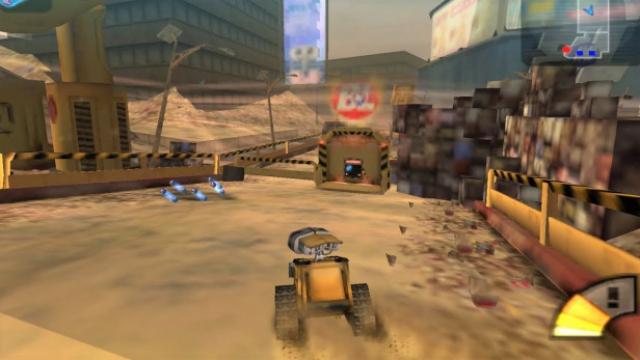
A further tie-in to Up was released in 2009 and it included some interesting character-switching mechanics. Sadly, THQ’s license quickly ran out after this and it would be the last of its Disney titles. The company bowed to financial pressures and exited gaming altogether soon thereafter.
Disney’s Own Efforts
While Disney would continue to license out its Pixar films to publishers such as THQ during most of the seventh generation, it also continued to produce content through its own subsidiary - Disney Interactive Games - providing an even broader range of content for Sony’s handhelds.
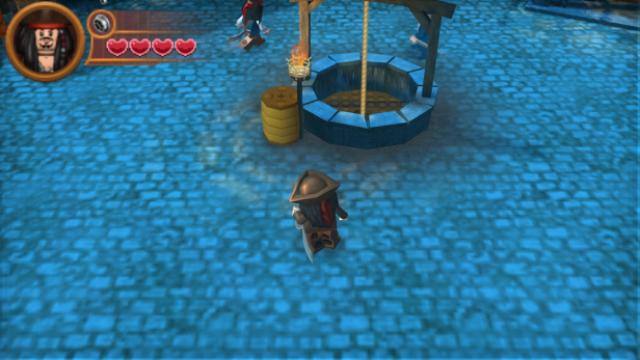
For example, there were multiple games based on the popular Pirates of the Caribbean film series (which itself was based on a ride at Disneyland, amusingly). Dead Man’s Chest was an action-adventure title that released in 2006, quickly followed by another tie-in to At World’s End in 2007. Both are available on PSN as a double pack, and although neither is particularly memorable, they can provide a good swashbuckling distraction. Disney also worked with Warner Bros. to create LEGO: Pirates of the Caribbean in 2011, which was a tonne of fun, even if the PSP port was merely an up-ressed DS game.
Disney continued to work in partnership with other publishers beyond this, such as with Square-Enix on the-then latest entry in its long-running crossover RPG series Kingdom Hearts, entitled Birth by Sleep. It was seen by many as the best handheld entry in the franchise to-date, as well as being a return to form following a number of questionable releases. Sadly, due to licensing issues, Birth by Sleep was never made available on PSN, meaning you’re unable to play it on Vita without hacking it.
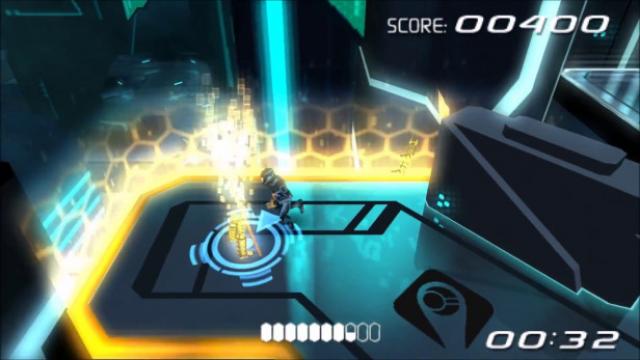
Elsewhere, in 2010 the company worked on Toy Story 3 (a 3D platformer) and Tron: Evolution (a bizarre combat/platformer/racing hybrid), neither of which were particularly well received on Sony’s handheld thanks to their stripped-down content (for example on consoles, Toy Story 3 included a toy box mode that allowed you to create your own levels, something that would be a template for their later series Disney Infinity). This low effort was a precursor to what would follow which was dropping support completely, but an unexpected source stepped in to continue bringing Disney games to Sony handhelds.
Sony Steps In
An odd partnership was struck in 2011 between Disney and Sony, where the Spanish developer Virtual Toys was commissioned to make games based on a variety of Disney’s IP’s for Sony’s handheld lines, likely as part of a broader attempt to engage younger gamers with Sony's platforms (this also included things like the new IP Invizimals).
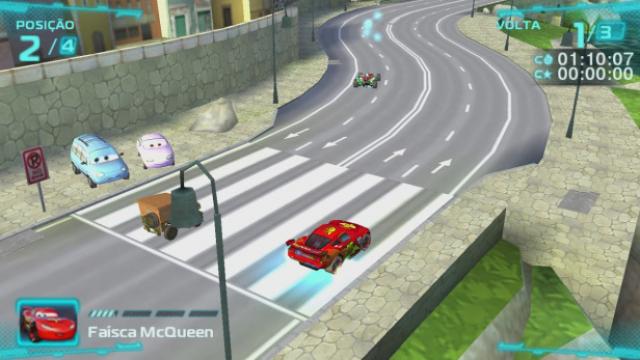
This first happened for Cars 2, based on the Pixar sequel from 2011. Rather bizarrely, instead of being a port of any pre-existing version, Cars 2 was a bespoke experience built specifically for the PSP, shifting the racing mechanics to an isometric perspective reminiscent of Micro Machines. This was followed in 2012 by a direct port of Phineas & Ferb: Across the 2nd Dimension, again for the PSP, although by this point it was clear that the initiative would have to shift over to a newer platform, not least because Phineas had some major performance problems.
This happened a couple of years later in 2014 when Muppets Movie Adventures released on PlayStation Vita, Sony’s handheld replacement for the PSP. Another bespoke experience, and one that attempted to make use of the console’s unique inputs, it unfortunately was a bit of a boring mess that isn’t really worth playing. That was a shame, given previous Muppets titles had proved in the past that they could be pretty fun.
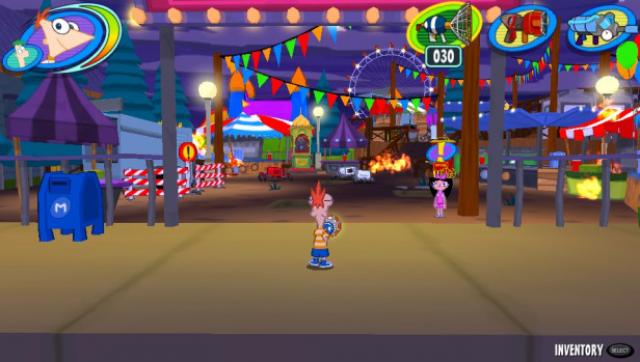
Virtual Toys worked on one last Disney game on Vita in 2015, which was Phineas & Ferb: Day of Doofenshmirtz. An expansion of the gameplay basis that had been developed in Across the 2nd Dimension, it offered some enjoyable if uninspired 3D platforming action that thankfully was a big improvement over Muppets.
A Last Few Handheld Disney Games
Between 2008 and 2012, Disney Interactive Studios reportedly lost over $200m per year, causing some deep restructuring of the company and shifting priorities. This is undoubtedly one of the reasons the company never really pledged any support for Vita. However, beyond its work with Virtual Toys, Sony also engaged other developers to bring this missing content to its handheld.
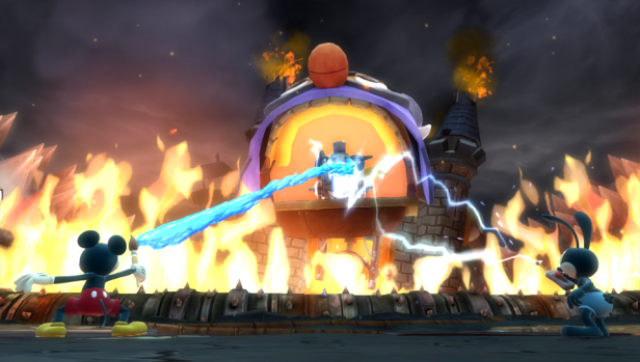
For example, one of Disney’s biggest titles of the seventh generation was Epic Mickey, a sweeping 3D platformer which aimed to tell the tale of Disney's mascot and his history throughout the years. It spawned a sequel in 2012 (Epic Mickey 2: The Power of Two), which Sony paid to be ported to Vita a year later. It was a bizarre decision, and the game itself received a very lukewarm critical reception, but it did at least provide a nice bit of variety for the console’s library.
Sony also got involved in bringing Disney’s even bigger gamble to the handheld - Disney Infinity. Disney Infinity was an ambitious entry in the toys-to-life genre which allowed gamers to play in the fantastical worlds of Marvel, Pixar, and eventually Star Wars, as well as build their own levels using in-depth creation tools. The second entry, Disney Infinity 2.0: Marvel Super Heroes, received a belated port in 2015 which included an exclusive Black Suit Spider Man figure, but it failed to set the sales charts alight due to its tardy appearance and the toys-to-life concept not fitting all that well with a portable platform.
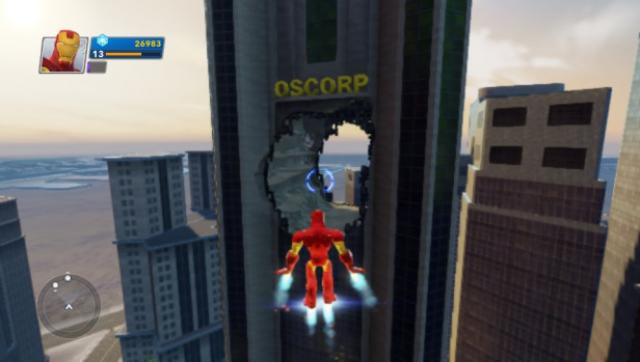
This led to the third entry – Disney Infinity 3.0 – skipping Vita altogether, although by this point it was becoming clear that the franchise was failing to hit its sales targets and support would soon be pulled altogether.
Future Disney Games on Vita
I’ve already written extensively about Vita now ending production worldwide and, unsurprisingly, younger-gamer-friendly titles like those based on Disney IPs are among the first to go when a console is reaching the end of its life. Virtual Toys (the developer of numerous Disney games from 2011 onwards) moved on to a PS4 MOBA after Phineas & Ferb launched and since then appears to have shut down, while Sony itself rapidly withdrew support for its own handheld. The latter in particular was a shame because at one point tie-ins to Monsters University and Mickey’s Haunted Mansion were announced by Sony’s Spanish division.
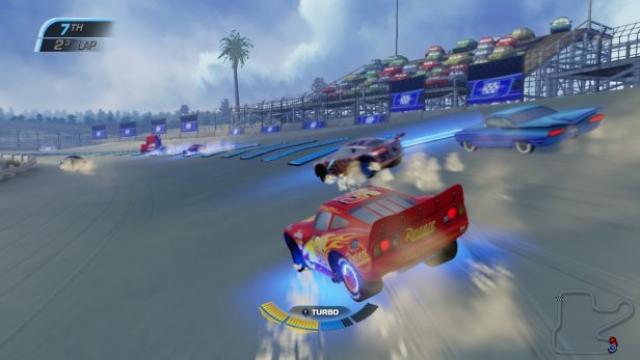
In fact, Disney games on consoles in general seem much less prevalent these days – instead they’ve shifted over to mobile as the AA market has somewhat fallen through. The odd title to slip through the cracks here and there, such as Cars 3: Driven to Win, haven't release on Vita, which is unsurprising but a little disappointing all the same.
Conclusion
Despite often being aimed at younger gamers, there’s a lot of fun to be had with some Disney titles, making them a nice addition to any console’s library. While this meant they’ve naturally gravitated more towards Nintendo machines over the years, due to a better audience match, there’s still a nice selection of games available on both PS1 & PSP, including some solid 3D platformers such as Monsters Inc: Scare Island and Wall-E.
As for the Vita, the bankruptcy of THQ and heavy restructurings at Disney Interactive Studios left the handheld without much representation, but for whatever reason Sony stepped in and decided to start paying for ports of these titles by itself; a bizarre move given Sony's lack of support elsewhere in the handheld’s library. While Disney Infinity 2.0, Epic Mickey 2, and Phineas & Ferb: Day of Doofenshmirtz may not go down as among the best games ever made, they nonetheless helped broaden the platform's library.








